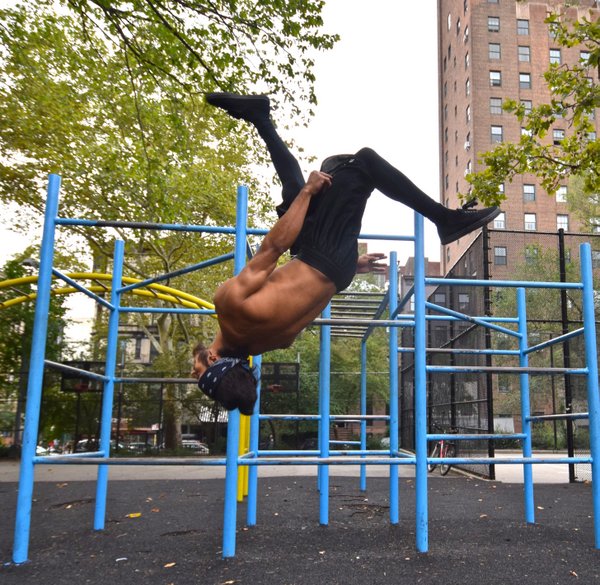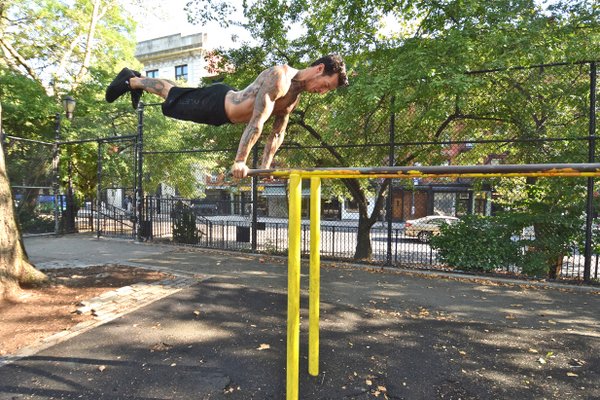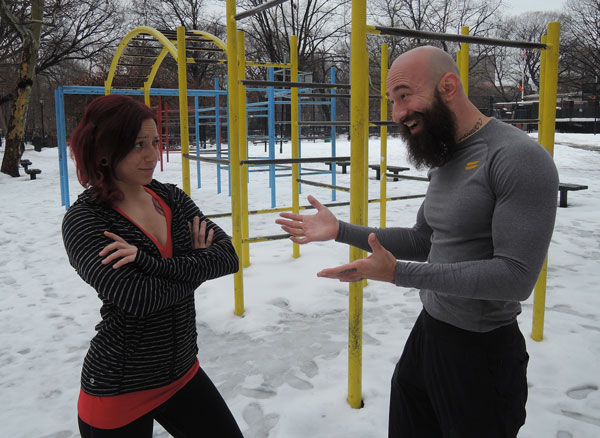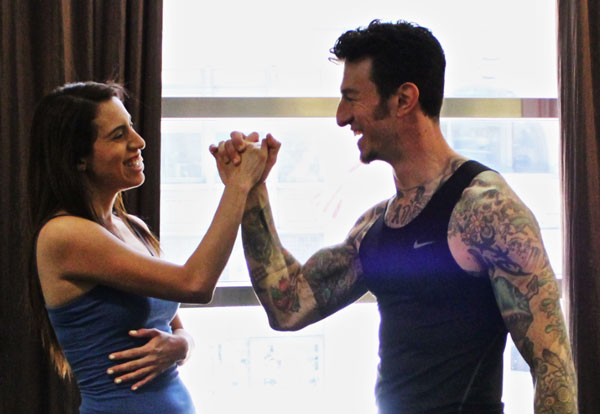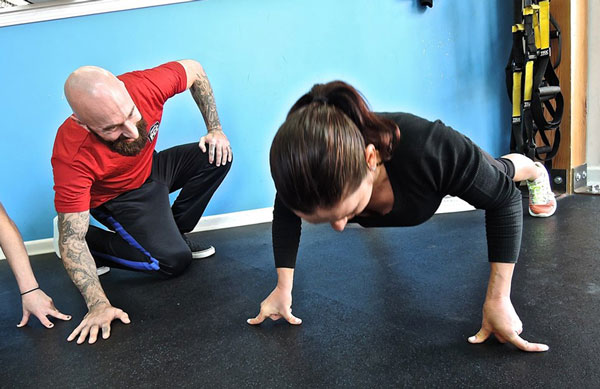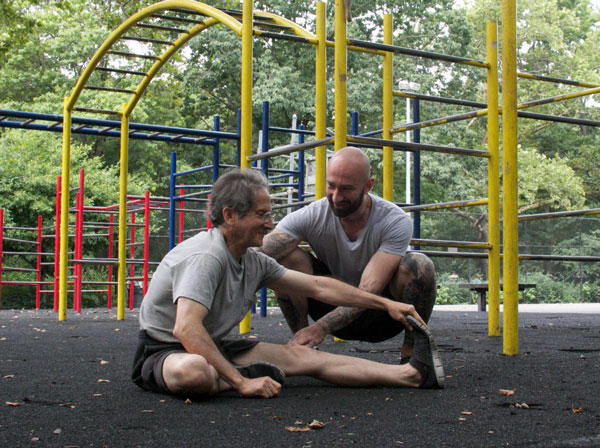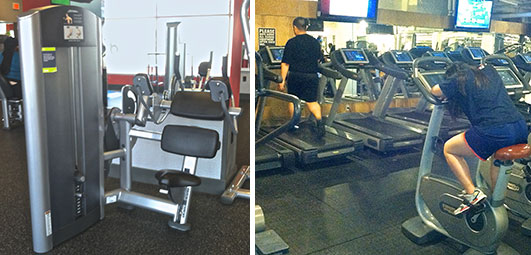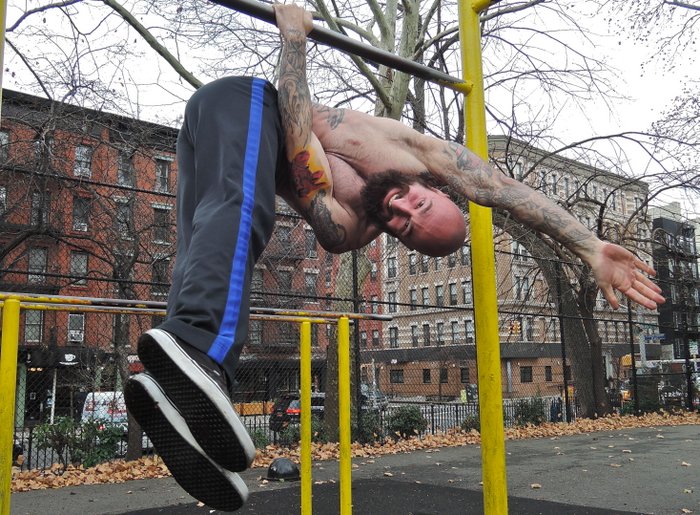
Using all of the body’s musculature together as one cohesive unit is among my favorite aspects of bodyweight training. Iso-lateral calisthenics moves like the “one arm push-up” are misleadingly named, as they require strength throughout the entire body—not just one of its appendages. Few iso-lateral moves demonstrate this full body harmony better than the little known (and perhaps more aptly named) “meathook” exercise.
Hooked on Calisthenics
Though a full body movement, the meathook still emphasizes certain areas. It requires tremendous grip strength as well as monstrous shoulders and lats, plus a powerful core. If you don’t have those attributes yet, practicing toward this move can help you build those areas along the way.
Before you are even ready to begin working toward the meathook, however, the first step is to be sure that you have a solid foundation in push-ups, pull-ups and hanging knee raises. I recommend getting to at least 30 push-ups, 20 hanging knee raises and 10 pull-ups before you even consider attempting the meathook. (Those numbers may look familiar.) I also suggest you get comfortable with full range-of-motion, straight hanging leg raises before working toward a meathook. You should to be able to get your shins all the way to the bar before you move on to the next step.
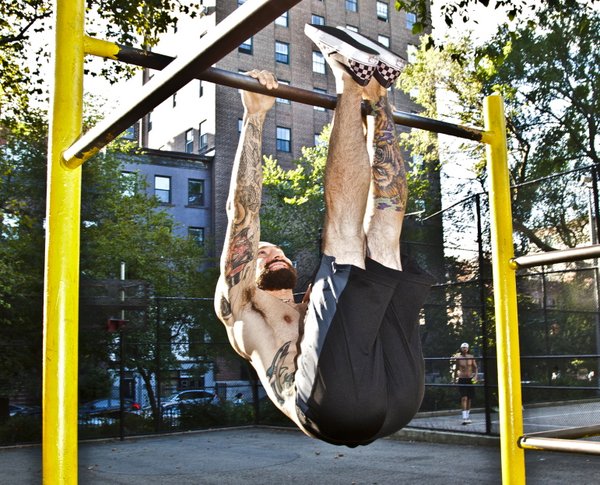
Wipe Out!
The windshield wiper is a very challenging exercise in its own right, but it is also a crucial lead-up step toward the meathook. Once you’ve met those initial requisites, your next step is to start working on windshield wipers. Begin by hanging from an overhead apparatus, then raise your shins to the bar and begin rotating your legs and hips toward one side. Aim to get your legs parallel to the ground before reversing direction and lowering them to the opposite side.
Once you get comfortable performing several windshield wipers in a row, you’re almost ready to attempt the meathook, which you can think of like a static windshield wiper held on just one arm. Naturally, before you’re ready for all that, you’ll need to get comfortable performing a basic hang on one arm. These can be surprisingly tough when you are starting out. I advise you to use the progressions in Convict Conditioning 2 to build toward a one arm hang if you aren’t there yet.
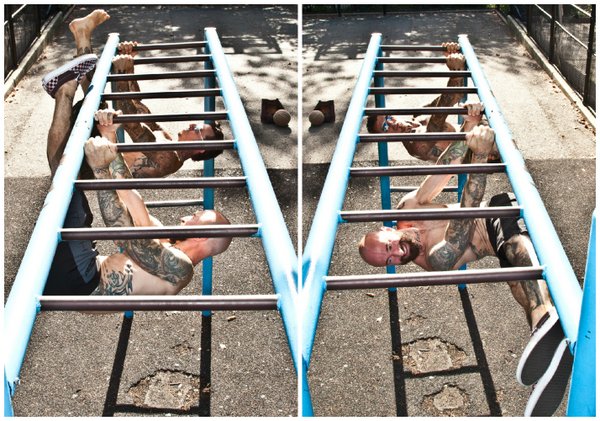
Hook It Up
Though grip strength is an important prerequisite, remember that the meathook involves a lot more than just the ability to hang on to the bar. Your lats and shoulders need to be very strong and stable to hold the meathook, plus you will need powerful abdominals and obliques. Do not attempt this move until you’ve built up to a solid one arm hang and can do several consecutive windshield wipers.
Once you’ve satisfied those requirements, you are ready to rock and roll! Begin by grasping the bar tightly, then perform a windshield wiper toward your dominant arm. When your legs are all the way over to the side, lift your hips toward your elbow, folding your body around your arm. It may take some trial and error to get a feel for finding the “sweet spot” but at a certain point, you will feel your balance shift.
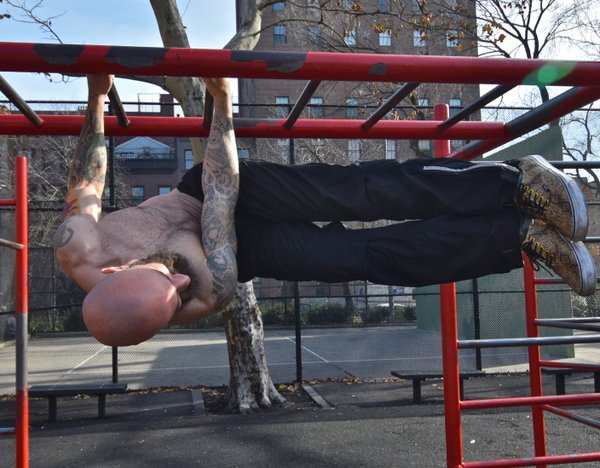
Once your hips are in position, begin to loosen the grip on your secondary hand, gradually transferring all of your weight to the other arm. When you feel confident enough to completely release your secondary hand from the bar, do so carefully.
You’re now holding a meathook – Congratulations! Stay here for a few seconds, then slowly reverse the movement and try it on the other side.
If you are unable to take your other hand away, try removing a finger or two instead. Over time you can work toward relying on your secondary arm less and less as you progressively build the strength to perform the full meathook.
Once you’ve gotten the “hang” of getting into a meathook this way, you can start building up to longer holds and experimenting with different methods of getting in and out of position. The meathook can also be useful for bridging the gap toward one arm pull-ups and the rarely seen one arm back lever.
There are many uses and applications for this move; feel free to experiment and get creative!
***
About Al Kavadlo: Al Kavadlo is the lead instructor for Dragon Door’s Progressive Calisthenics Certification. Recognized worldwide for his amazing bodyweight feats of strength as well as his unique coaching style, Al is the author of five books, including Raising The Bar: The Definitive Guide to Pull-up Bar Calisthenics and Pushing The Limits! Total Body Strength With No Equipment. Read more about Al on his website:www.AlKavadlo.com.
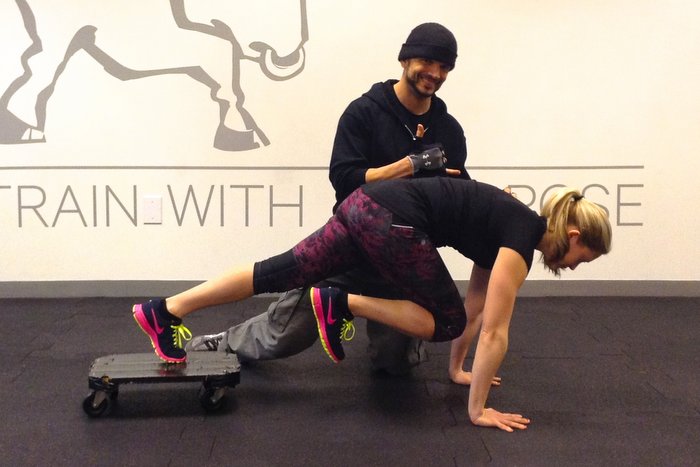
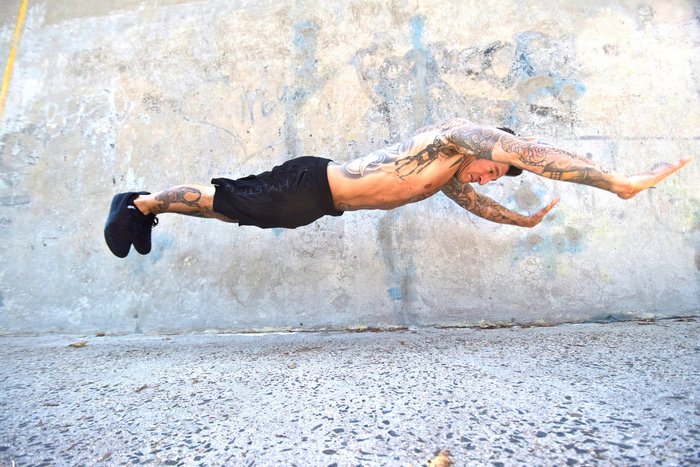
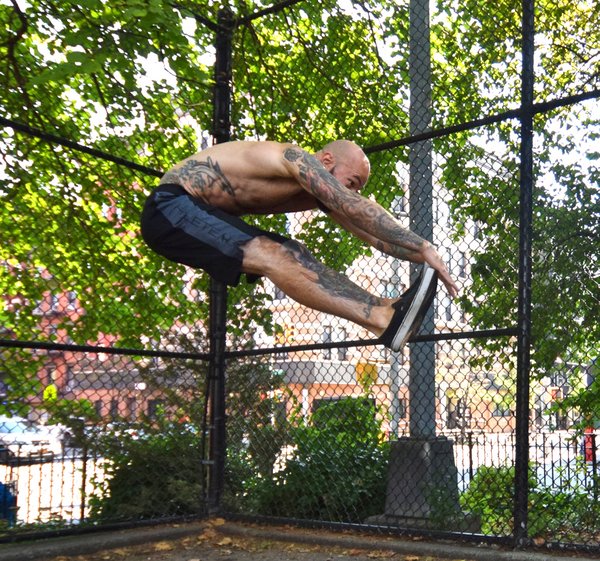 These writers each possess their own potent, soulful, visceral voice. They are artists in their expression. They resonate profoundly with their own distinct vibe. You can feel the implicit truth of their message in every sentence they write.
These writers each possess their own potent, soulful, visceral voice. They are artists in their expression. They resonate profoundly with their own distinct vibe. You can feel the implicit truth of their message in every sentence they write.